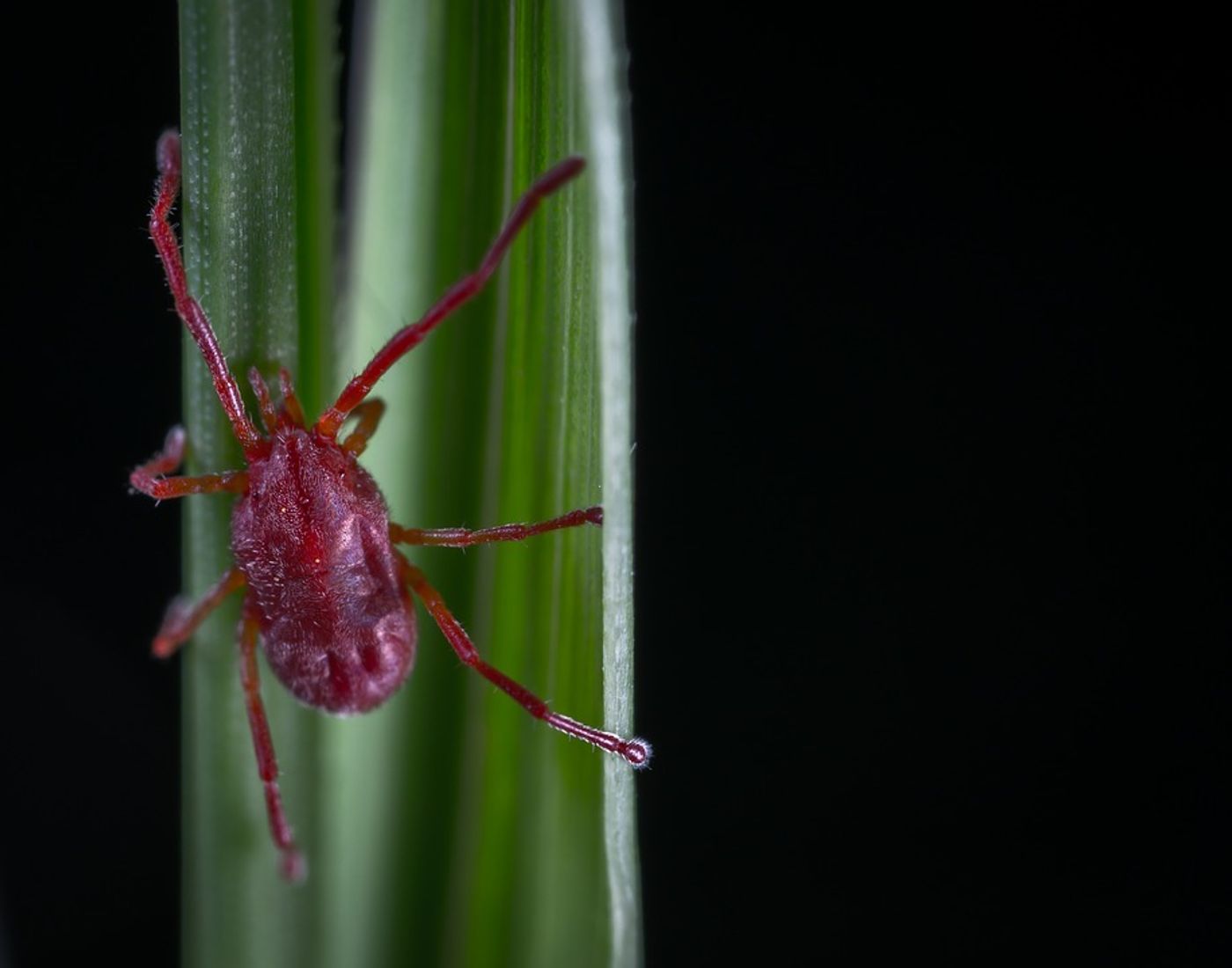Falling mite populations warn of global diversity crash
Researchers from the University of Queensland have conducted the first-ever global mite biodiversity study and their findings are not promising. According to UQ’s researchers Dr. Greg Sullivan and Dr. Sebahat K. Ozman-Sullivan, the growing number of mite extinctions worldwide is a red flag for biodiversity everywhere.
There are 1,250,000 mite species that live in the most mundane and most extreme of places and they’re so small that unless they’re right under your nose or inhabiting your bed, you probably don’t think of them much. But despite their insignificance to us, they occupy an important role in many ecosystems.
"Mites are critical to ecosystems all over the planet -- some provide essential ecosystem services such as the incorporation of organic matter into the soil," Dr. Sullivan said. "These services underpin the survival of innumerable species and act as a proxy for environmental health. However, the humble mite is in trouble, as the majority of mite species are assumed to be in the tropical rainforests, where 50 percent have been destroyed or severely degraded," he said. "And based on estimates of overall biodiversity loss, around 15 percent of mite species were likely to have become extinct by 2000. Losses are currently expected to increase by between 0.6-6.0% by 2060."
The data that the researchers compiled show that mite extinctions are occurring at least 1,000 times the 'natural' rate and humans are the main cause of that extinction.
"Habitat destruction and degradation continue on an enormous scale, with increasing global population and resource consumption the overarching drivers of extinction," Dr. Sullivan elaborates. "The maintenance of mite biodiversity is highly dependent on the maintenance of plant diversity, habitat complexity, and insect diversity. This means we urgently need to minimize the rate of destruction and degradation of habitat, especially in subtropical and tropical regions and protect representative natural areas, especially the global biodiversity hotspots, like the Forests of East Australia biodiversity hotspot."
The issue of climate change, as huge and broad-reaching as it is, is also affecting even the smallest of critters, including mites. Addressing climate change will in turn protect these organisms that are part of the foundations of many ecosystems.
"We need a rapid global implementation of technologies that decrease greenhouse gas emissions and increase carbon sequestration, including the widespread regeneration of degraded forests with local species. This, coupled with an effectively executed international climate agreement, will play a critical role in determining the fate of a substantial proportion of the remaining global biodiversity -- including the small, but mighty, mite," concludes Sullivan.
Sources: Austral Ecology, Science Daily









